This user-friendly text takes a learn-by-doing approach to exploring research design issues in education and psychology, offering evenhanded coverage of quantitative, qualitative, mixed-methods, and single-case designs. Readers learn the basics of different methods and steps for critically examining any study's design, data, and conclusions, using sample peer-reviewed journal articles as practice opportunities. The text is unique in featuring full chapters on survey methods, evaluation, reliability and validity, action research, and research syntheses. Pedagogical Features Include: *An exemplar journal article at the end of each methods chapter, together with questions and activities for critiquing it (including, where applicable, checklist forms to identify threats to internal and external validity), plus lists of additional research examples. *Research example boxes showing how studies are designed to address particular research questions. *In every chapter: numbered chapter objectives, bulleted summaries, subheadings written as questions, a running glossary, and end-of-chapter discussion questions. * Electronic Instructor's Resource Manual with Test Bank, provided separately--includes chapter outlines; answers to exercises, discussion questions, and illustrative example questions; and PowerPoints.
There are three advantages of using single-case research methods in action research: (1) Data-based decisions can be ... There are four possible decisions: (1) Accept the manuscript as is; (2) recommend the manuscript for publication ...



